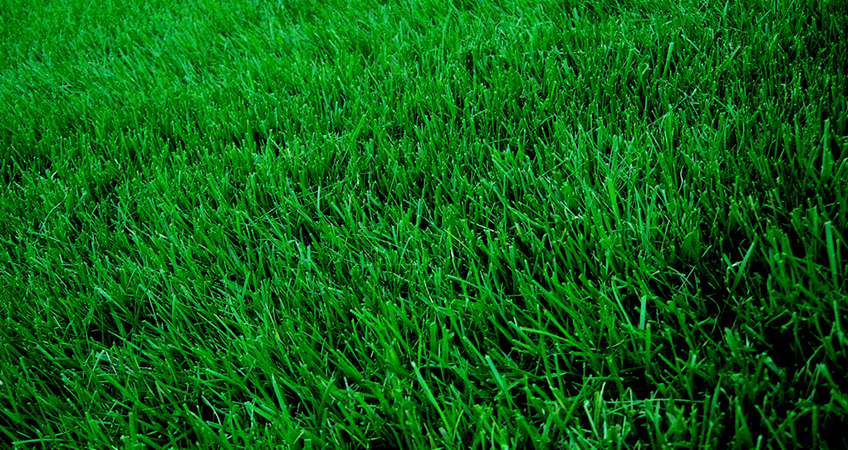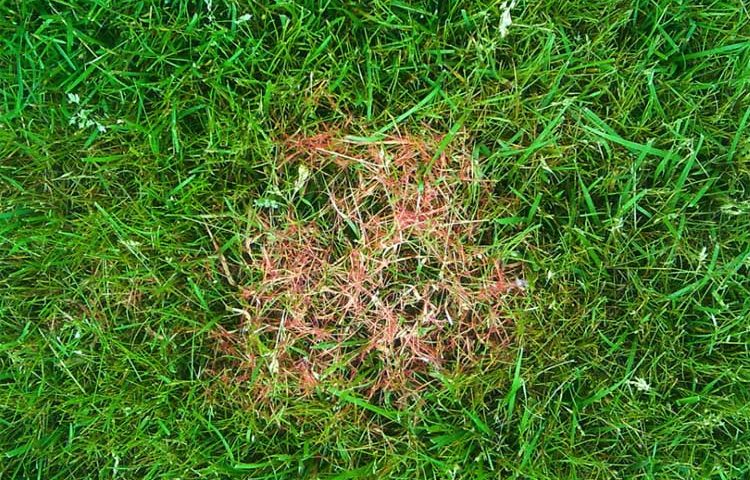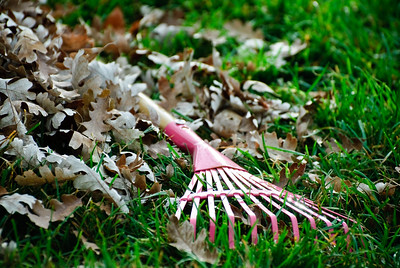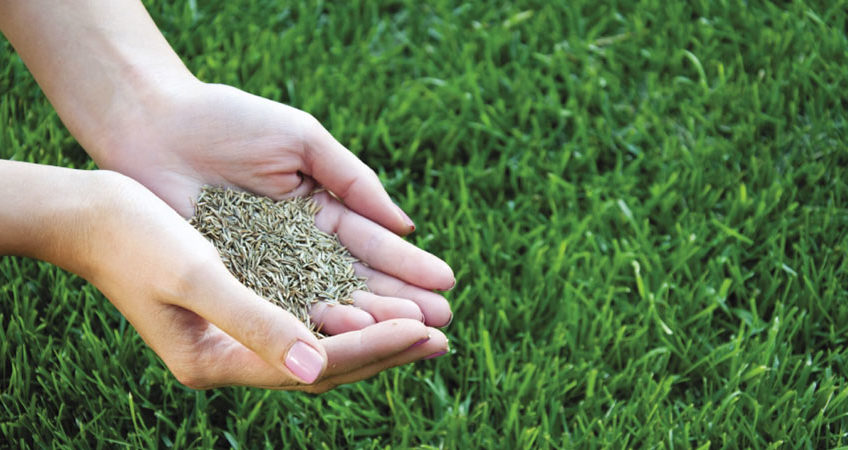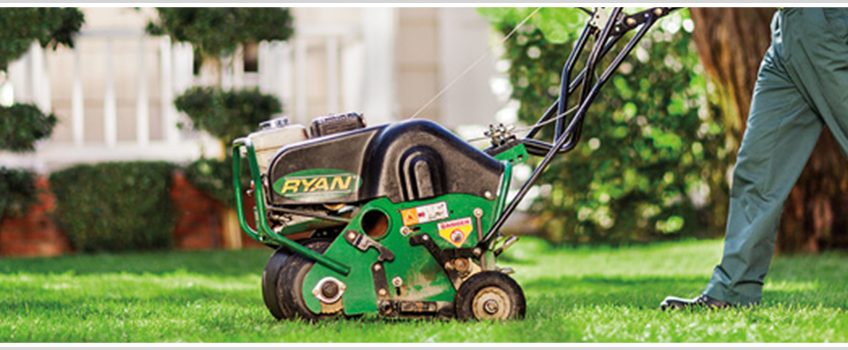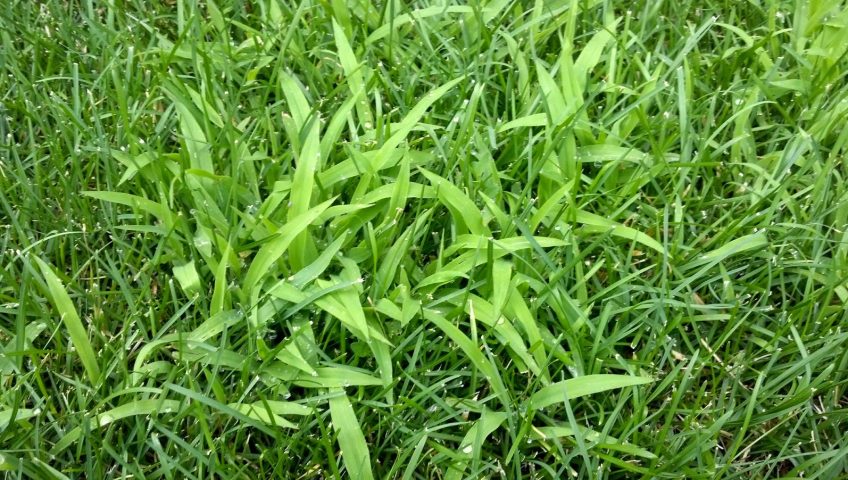
Crabgrass Pre-Emergence Treatment
If you're a homeowner or landscaper, you know how frustrating crabgrass can be. This aggressive weed can quickly overtake a lawn, leaving it looking patchy and unsightly. Fortunately, there are ways to prevent crabgrass from taking hold in the first place, and one of the most effective methods is using a pre-emergence herbicide.
How Do Pre-Emergence Treatments Work?
Pre-emergence herbicides work by creating a barrier in the soil that prevents crabgrass seeds from germinating. These products are applied before the crabgrass has a chance to grow, typically in the early spring. By applying the herbicide at the right time and in the right way, you can prevent crabgrass from becoming a problem in your lawn. However, pre-emergence herbicides are only effective when used correctly, and this includes using the right type of fertilizer. The type of fertilizer you use can impact the effectiveness of the pre-emergence herbicide, as well as the overall health of your lawn.
When it comes to fertilizers, there are two main types: quick-release and slow-release. Quick-release fertilizers provide a burst of nutrients to the lawn, but they can also be harmful if not applied correctly. They release all their nutrients at once, which can cause a surge in growth that makes the grass more susceptible to disease and pests. Slow-release fertilizers, on the other hand, release nutrients over a longer period of time. This can help promote steady growth and improve the overall health of the lawn. Slow-release fertilizers are also less likely to burn the grass, which can be a problem with quick-release fertilizers.
When using a pre-emergence herbicide, it's important to use a slow-release fertilizer. This is because quick-release fertilizers can cause a surge in growth that can make the lawn more susceptible to crabgrass. By using a slow-release fertilizer, you can promote steady growth and help ensure that the lawn remains healthy and resistant to pests and disease.
Other Actions You Can Take
Another important factor to consider when using a pre-emergence herbicide is the timing of application. It's important to apply the herbicide at the right time to ensure that it's effective in preventing crabgrass. Typically, pre-emergence herbicides should be applied in the early spring, before the soil temperature reaches 55 degrees. This is the optimal time for preventing crabgrass, as it's when the seeds begin to germinate.
In addition to using a pre-emergence herbicide and slow-release fertilizer, there are other steps you can take to prevent crabgrass in your lawn. One of the most important is to maintain a healthy lawn through regular mowing, watering, and fertilization. A healthy lawn is more resistant to weeds and other pests, including crabgrass. Properly treating and preventing crabgrass can feel like a daunting task. There are many steps and fine details to follow in order to do it right.
If you're not sure which products to use or how to apply them, consult with a lawn care professional who can provide guidance and advice tailored to your specific needs. Blue Grass Lawn Service has specialized in crabgrass pre-emergence services for over 36 years within Pennsylvania and New Jersey. You can benefit from having the ensured peace of mind that your lawn will remain healthy and weed-free all season long.

